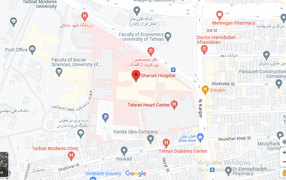Efficacy of adipose-derived stem cells for regeneration of localized mandibular bone defects
ABSTRACT
Introduction: Use of adipose-derived stem cells (ADSCs) is a suggested hypothesis to enhance the regeneration of bone defects. This technique is of particular interest since ADSCs aremore easily accessible via a non-invasive harvesting technique compared to bone marrow stem cells (BMSCs). This study sought to assess the efficacy of ADSC implantation for regeneration oflocalized mandibular bone defects.Materials and Methods: Eight patients (six females and two males) between 18 and 28 years with indication for extraction of all four third molars were enrolled in this split-mouth randomized clinical trial. A total of 16mandibular bone defectswere divided into two groups of experimental and control. Cell-containing and cell-free scaffolds were used in the experimental and control groups, respectively. Size of bone defects and percentage of the newly formed bone were assessedi mmediately after surgery and at two, four and six months post-operatively.Results: No statistically significant difference was foundin bone regeneration between the two groups at the afore-mentioned time points. However, at all time points in both sides (with and without ADSCs), bone regeneration significantly increased over time (P<0.000).Conclusion: The efficacy of ADSC-containing scaffold was similar to that of cell-free scaffold for enhancing the regeneration of bone defects. Further investigations are required to assess theefficacy of stem cells of different origins in combination with different scaffolds in this regard.Key words: Stem cells, Bone defects, Mandible, Adipose-derived stem cells.



